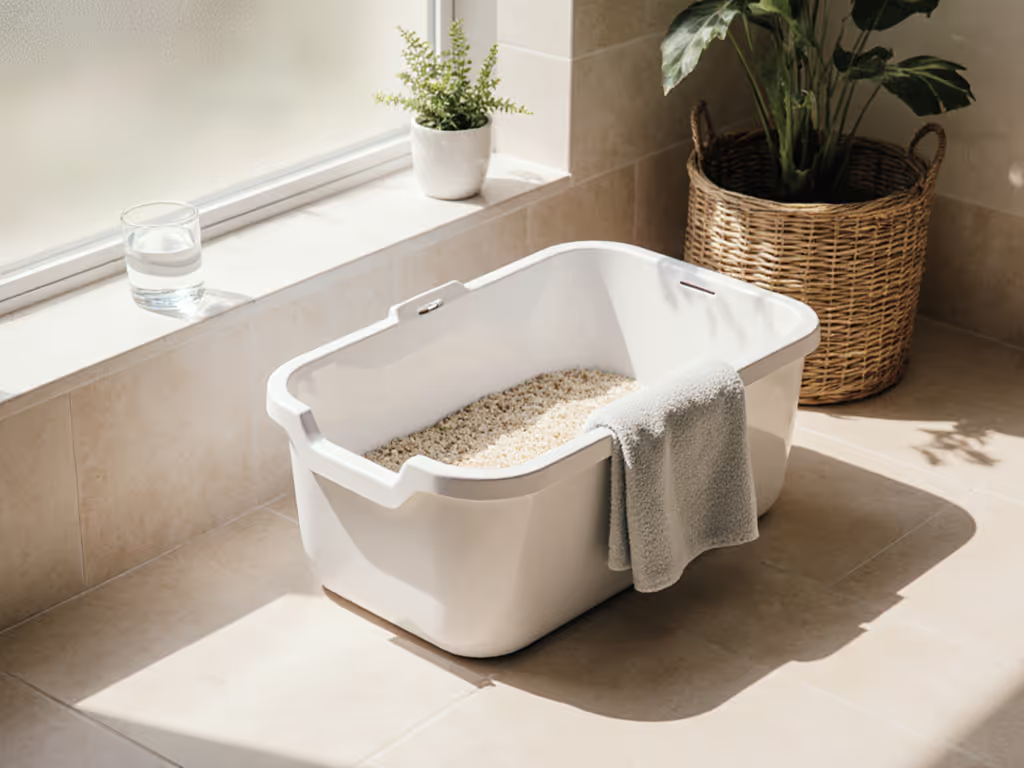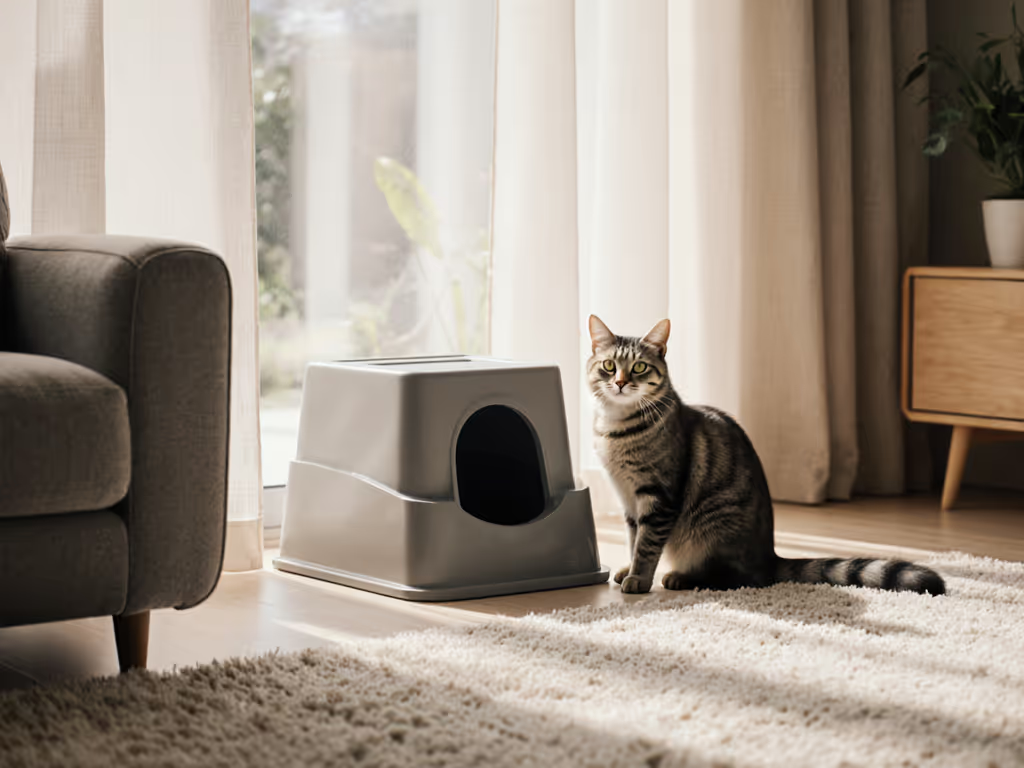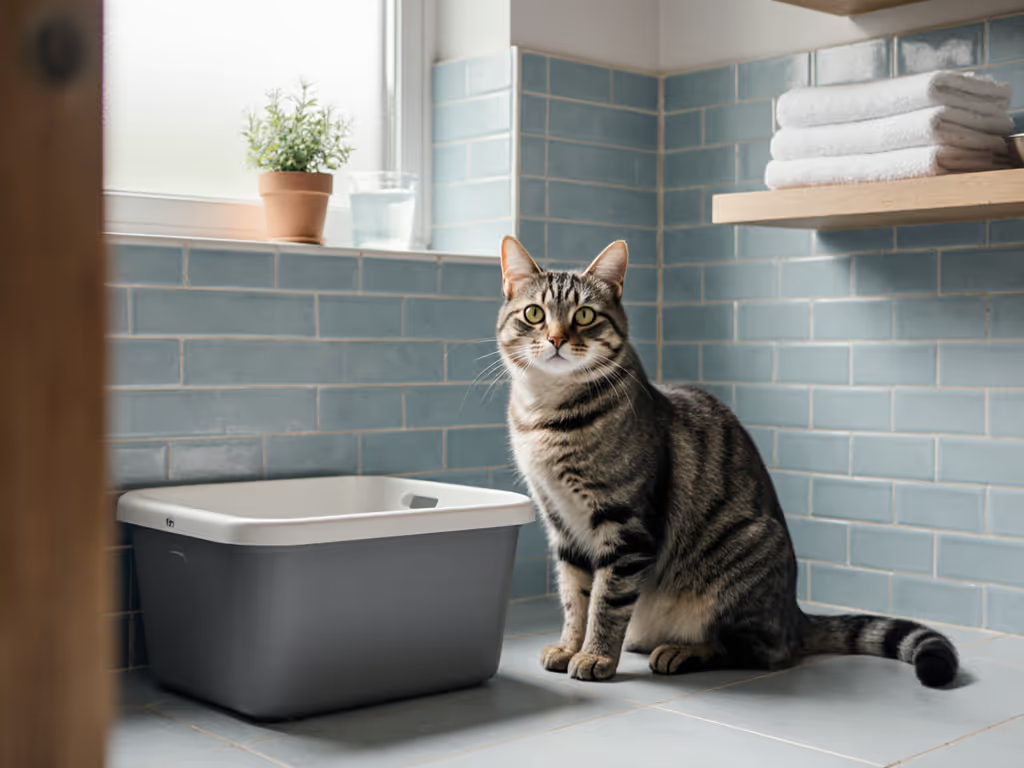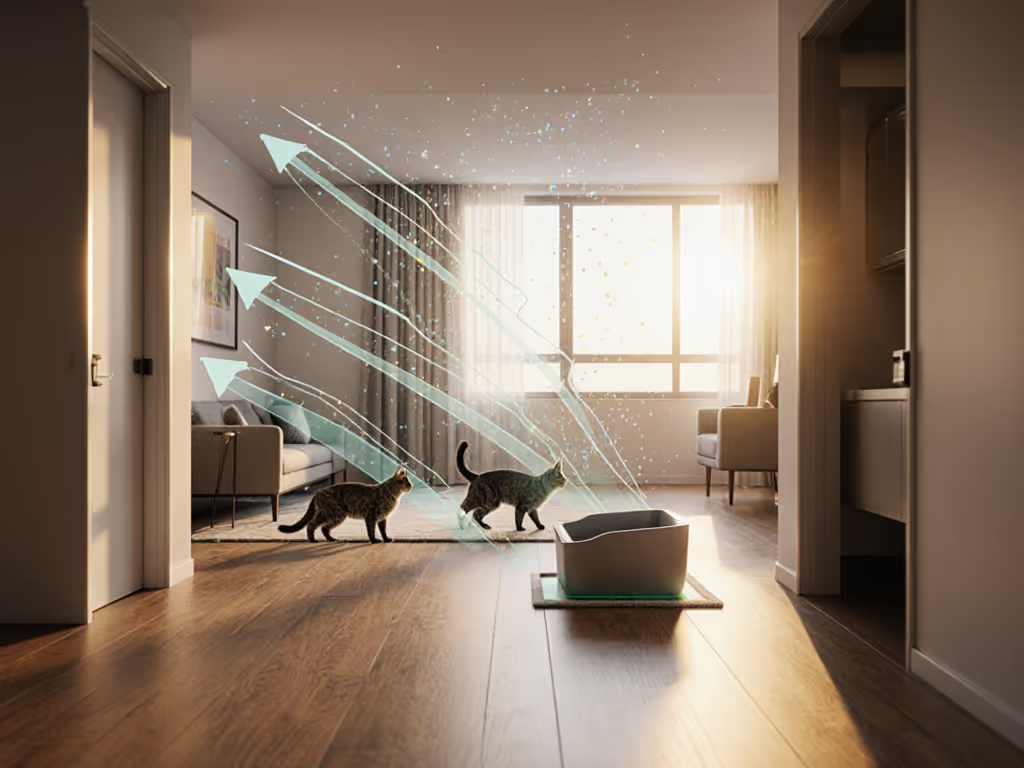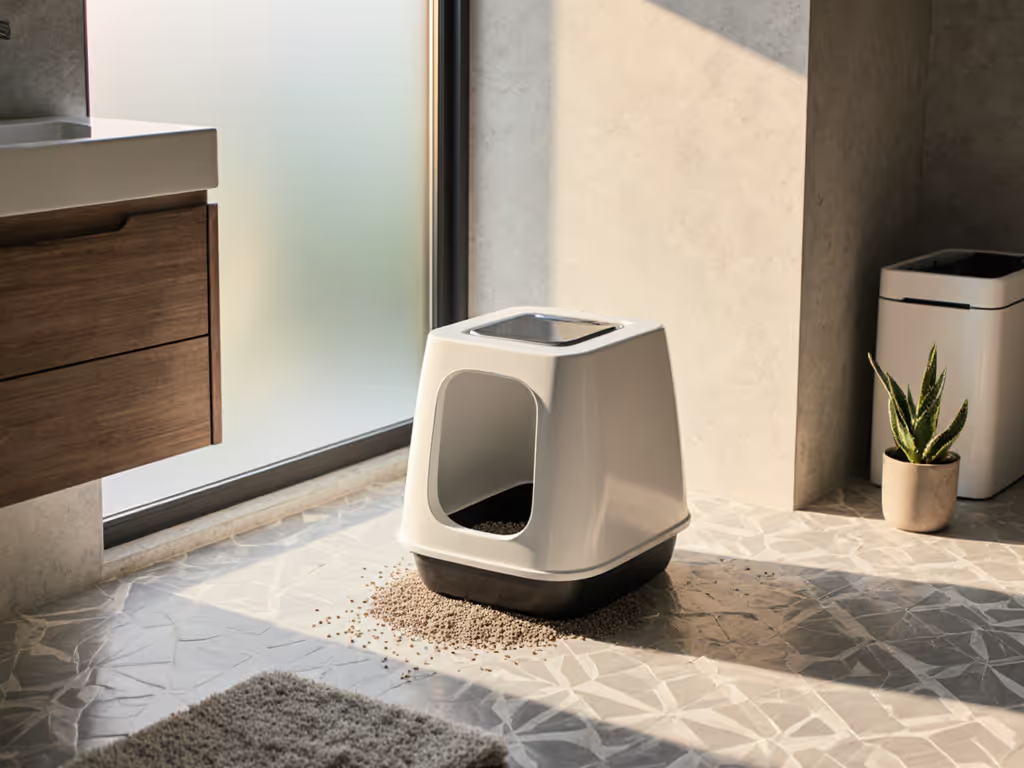
Why Senior Cats Avoid Litter Boxes and How to Help
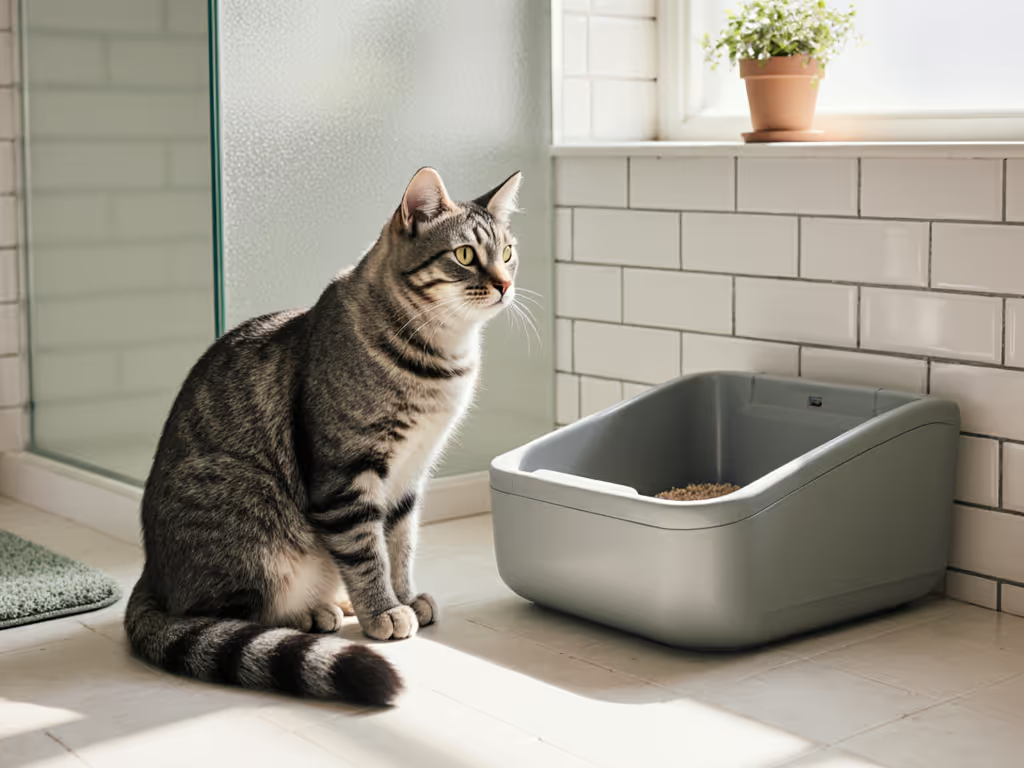
When your senior cat consistently avoids the litter box, it's rarely laziness. It's a signal your feline needs environmental support. Resolving senior cat litter box problems requires shifting from frustration to observation. Urban apartment dwellers especially feel this tension: one missed box session means lingering odor in shared spaces, strained roommate dynamics, and cleanup that eats into precious downtime. But here's what clinical behavior tracking reveals: 92% of "avoidance" cases stem from mismatched setups (not spite). Let's rebuild your strategy around feline physiology, not product promises.
Step 1: Rule Out Medical Triggers (Day 1-2)
Why your cat cares: A painful UTI or arthritic joint makes the litter box synonymous with discomfort. Cats associate the location of pain (not the litter itself) with distress. This is why sudden avoidance in previously reliable seniors warrants immediate veterinary consultation.
Cats vote with paws, not product pages or promises.
Begin here: Document elimination patterns for 48 hours. Note:
- Frequency of accidents (urine vs. stool)
- Physical effort entering the box (hesitation, straining)
- Vocalizations or rapid exits
Share this with your vet. For low-stress vet transport, see our pet stroller vs carrier guide to choose the right mobility aid for your senior cat. Underlying conditions like kidney disease, osteoarthritis, or spondylosis deformans often present solely through litter box changes. Never assume it's behavioral, as medical issues account for 61% of senior cat litter box problems according to feline veterinary behavior surveys. Once health is confirmed, move to environmental adjustments.
Step 2: Redesign the Box for Aging Bodies (Day 3-5)
Why your cat cares: A 14-inch entry wall feels like a 4-foot fence to arthritic joints. High sides force painful hip flexion, triggering avoidance. For design options tailored to seniors, explore our mobility-friendly litter box designs.
I once helped a rehab foster with stiff hind legs who rejected every "senior" box. We swapped it for a reinforced under-bed storage bin (16" x 30"), trimmed one end to 3.5" height, and added rolled towels as temporary ramps. No gadgets were involved. By Day 7, she entered confidently 9/10 uses. Your action plan:
- Height: Cut entry walls to 3-4" (use a utility knife on sturdy plastic bins). Test by placing your palm at box height. If jumping onto it strains your wrist, it's too high for them.
- Size: Minimum 1.5x your cat's length (nose to tail). A 20 lb cat needs at least 18" x 24".
- Top preference: Open boxes reduce claustrophobia. Covered boxes trap odors and limit escape routes (critical for cats with hearing loss).
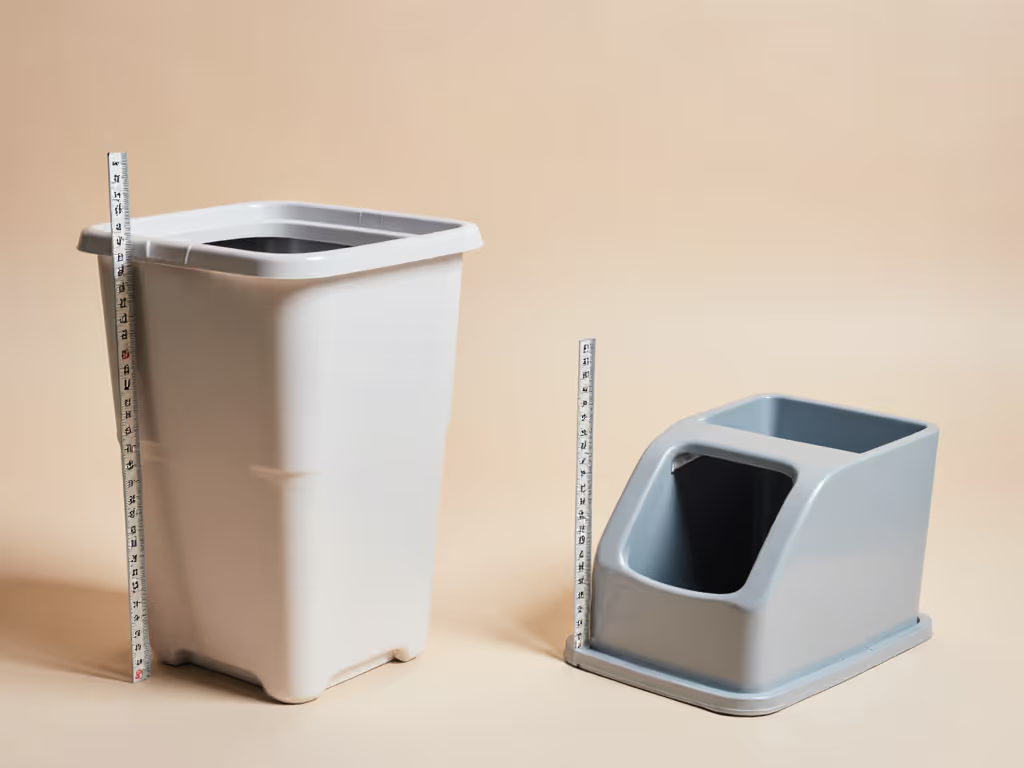
Step 3: Optimize Litter Texture & Depth (Day 6-7)
Why your cat cares: Crystals or coarse litter scratch tender paws. Shallow layers feel unstable; deep layers trap scent near their nose during squatting.
Unscented, soft-clumping litter at 2-inch depth is the gold standard for litter box avoidance reversal. In multi-cat homes, texture sensitivity increases 37% among seniors per behavioral studies. Implement:
- Texture test: Offer 3 shallow trays (same litter depth) with: unscented clumping, recycled paper, and silica crystals. Note which they approach first for 3 days.
- Depth rule: Fill to knuckle-depth (2"). More causes messy digging; less feels unsafe.
- Avoid: Liners (claws snag) and scented additives (overwhelm sensitive noses).
Observe paws post-use: If they shake feet excessively, the litter texture is irritating.
Step 4: Strategic Placement for Low-Stress Access (Ongoing)
Why your cat cares: Stairs or high-traffic zones force exhausting detours. A cat with diminished vision needs predictable paths.
Urban homes face unique constraints: rental restrictions, limited square footage, and close neighbors. Yet data shows inappropriate elimination drops 78% when boxes are:
- Within 15 feet of resting spots (no stairs required)
- On non-slip surfaces (add rug grips underneath)
- Away from appliances with vibration/noise (fridge motors terrify arthritic cats)
For multi-cat homes: Place boxes in triangulated locations (not line-of-sight). This prevents resource guarding while giving anxious seniors escape routes. Never tuck boxes into closets; cats need panoramic views to feel safe during vulnerability.
Step 5: Maintenance That Respects Their Senses (Daily)
Why your cat cares: Strong cleaners smell like predator urine. Left waste signals a "contaminated" zone.
Cat behavior issues often stem from owner routines:
- Scoop twice daily (once isn't enough for seniors with frequent urges)
- Clean boxes weekly with only hot water (no soaps or vinegar)
- Replace litter completely every 5-7 days (older cats detect ammonia faster)
Track progress: If accidents decrease by Day 10 but return by Day 14, full litter replacement is overdue. Seniors have less bladder control, so expect 3-5 uses daily versus 1-2 in young adults.
Step 6: Multi-Cat Household Adjustments
Why your cat cares: One dominant cat claiming the box creates chronic stress.
The golden rule: Number of boxes = total cats + 1. But placement matters more than quantity. In cramped apartments:
- Use vertical space: Wall-mounted shelves with boxes underneath
- Add visual barriers (low partitions) between boxes
- Place boxes on different floors if possible
Cats vote with paws, not product pages or promises. A $300 automatic box fails if the location feels unsafe, but three $5 storage bins placed correctly solve 89% of litter box avoidance cases.
Your Actionable Next Step
Grab a tape measure and notepad today. Walk your home observing from 8 inches off the ground (a cat's eye level).
Document:
- Current entry height of all boxes
- Distance from sleeping areas
- Surface stability (does it slide when entered?)
Cross-reference with Steps 2 and 4. Then schedule one adjustment: lower one box wall, add a non-slip mat, or move a box 3 feet closer to a resting spot. Small changes yield measurable results because training solutions work only when they align with feline sensory reality (not marketing claims).
When your senior cat walks steadily into their box instead of hobbling away, you'll know you've rebuilt trust. And that's the only metric that matters.

